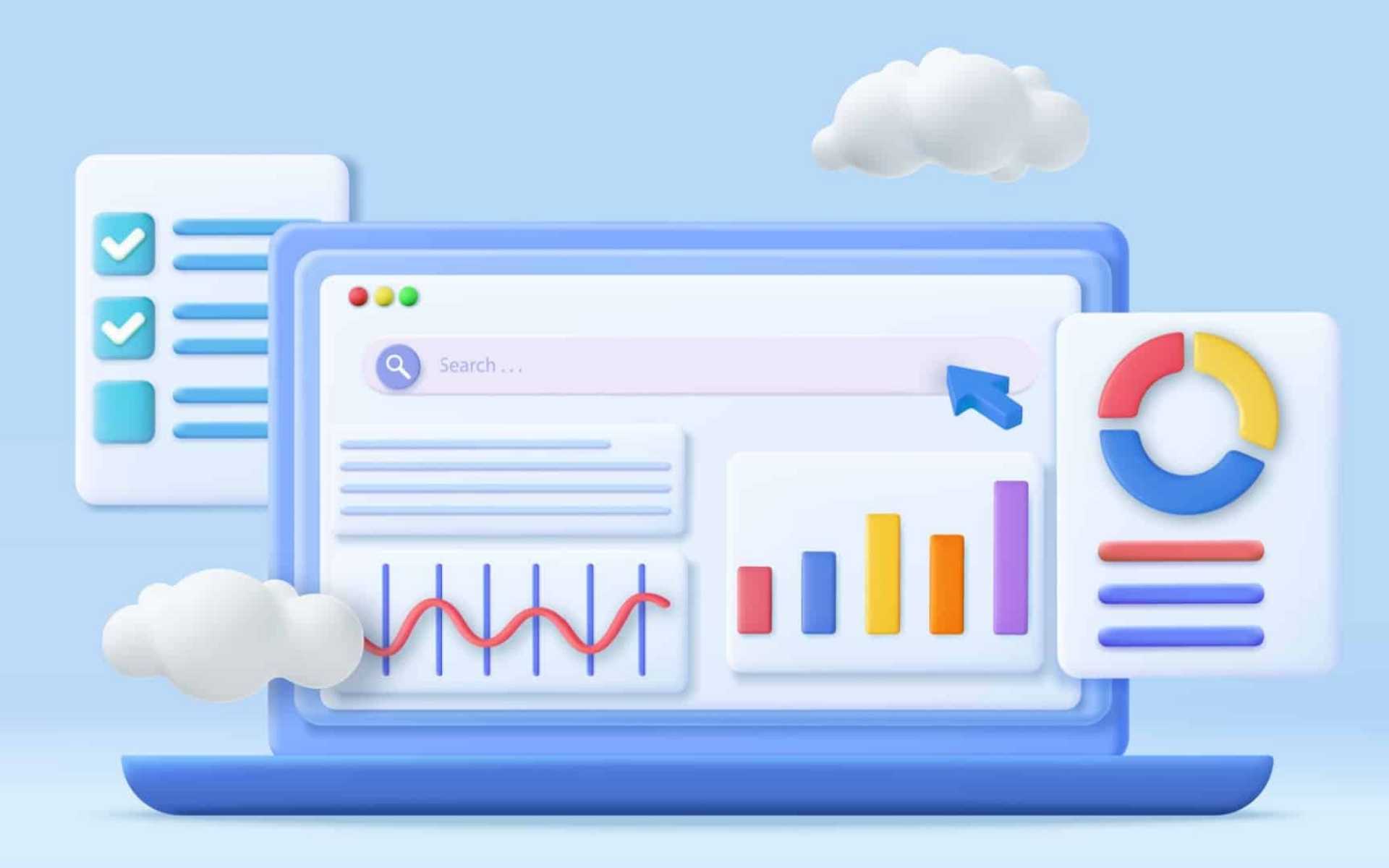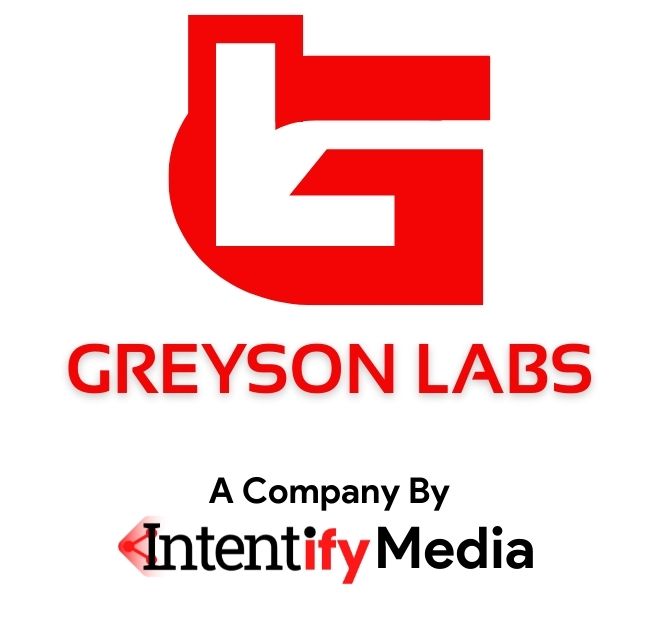
9 Important Features Of Enterprise SEO Platforms
Are you looking to increase your business’s organic search traffic and revenues? Here are the essential attributes of an Enterprise SEO platform.
Enterprise SEO platforms offer various features. These include keyword research, rank-tracking, backlink analysis and acquisition, and content and competitive intelligence.
Optimization.
The majority of the vendors featured within the Enterprise SEO Platforms A Marketer’s Handbook have the following capabilities as their core offerings:
- Research on keywords and track rank
- Analyzing SEO at the page level;
- Analysis of optimization of content;
- Link (also known as a backlink) analysis, acquisition, and removal;
- Site error detection;
- Market share of organic search traffic;
- Competitive analysis;
- Search results from around the world and rank tracking
- Internal cross-linking, and
- APIs integrate third-party data and management and export to other tools for analysis.
Enterprise-level platforms can also offer more comprehensive link and site audits and analytics, which include predictive scoring systems to help identify possibilities to boost the performance of a page or increase link authority.

Vendors distinguish themselves by offering more frequent or thorough updates to their data or other content marketing capabilities that can require additional investments. The more sophisticated capabilities could include, but aren’t restricted to:
- Real-time or daily crawls of sites.
- Tools to manage other fields, such as PPC and social media advertising.
- Search intent-based analysis, maybe using machine learning.
- Universal search rankings include highlighted information, knowledge panels, reviews of local packs, photos, top stories, videos and carousels, tweets, and other dynamic displays.
- Management and analysis of Google Shopping feed.
- Analysis of marketing content as well as performance instruments.
- Analysis of the quality of content on-page.
- Competitive intelligence , benchmarking and.
- Recognition for technical problems that could affect rankings (e.g., broken pages, slow loading pages, duplicate content, overly frequent redirects).
- Cross-device attribution.
Here are the top nine characteristics in the enterprise SEO platforms.
1. Acquisition and Link Analysis
Links are still one of the primary outside (or “off-page” indicators that could aid a website’s rise in ranking on search engines.
The majority of the enterprise’s SEO platforms offer link analysis (i.e. what websites are linking to your site) and suggestions for building or removing links by conducting competitive research as well as other reports that show possibilities to obtain links (i.e. which areas should you seek hyperlinks from) as an element of their foundation platforms.
2. Keyword research/rank analysis
Keyword research – understanding what keywords people use to locate your site, how your site’s pages rank in various search terms, and how to utilize those terms in your content – is crucial in effective SEO.
Nearly all business SEO platforms have keyword research tools that enable marketers to find the methods people use to search for content and which terms drive the traffic to the competitors.
Vendors get this information in different ways. However, they all have the same source.
Certain companies license their data through point solutions or ISPs because of Google’s limitations on scraped data under its terms of usage and the percentage of results that contain keywords “(not supplied).” Some vendors manage and develop an exclusive database of keyword terms.
In the end, accurate keyword information is now an asset and is more expensive.
Also, it’s important to remember that the process of rank analysis has become more complex since Google has increased the use of more interactive and visually appealing SERPs.
Marketers don’t want to be satisfied with just a numeric description of how their website ranks for a specific query; they are interested in knowing if the page is shown in the form of a carousel, the knowledge panel, using links to sites – or any other way that crawled content appears on SERPs.
Brands need to know how they’re perceived in the general market, regardless of whether the activity related to their brand is taking place through third-party websites. This is why search providers are developing their formulas to calculate “share of voice” in search.
3. Analysis of intent to search
Google’s search algorithms, typically driven by artificial intelligence, are now focusing more on the keyword
matches and more about search intent.
To combat the absence of data on keywords, SEO platform vendors are creating more tools to analyze search intent and suggest or predict pertinent content that will satisfy the user’s needs.
4. Custom-designed site crawls/audits
As content quality has become the mainstay of most marketers’ SEO strategies, site audits or crawls are essential tools provided by enterprise SEO platforms.
Certain platforms provide optimization suggestions for page structure, keywords, and crawlability. They usually give scores and priority to things like HTML title tags, body tags, and meta tags.
Many enterprise SEO platforms offer daily crawls of the site; some offer real-time technical data and periodic updates.
The ideal tool would allow for crawling through the whole website, not just random pages. However, some corporate sites are so massive that it’s impossible to assume that a tool will crawl them all.
5. Marketing and analysis of content
Content marketing and SEO are closely linked since Google has raised the bar for quality content via artificial intelligence with its regular algorithm updates. In the end, timely and up-to-date content is now an essential element of SEO performance.
Many vendors have upgraded both the optimization of content and marketing functions of their business SEO platforms and expanded the tools’ features for marketing content. This includes:
- APIs or Page Management Tools to check page content and detect errors.
- Information on the performance of content and trends in traffic.
- Campaign management and identification of influencers.
- Content recommendations in real-time.
The most advanced platforms use analysis that can enhance the quality and depth of content by analyzing the content’s topic and comparing it to other content to pinpoint any potential areas of weakness and provide suggestions for improvements.
One area where companies are investing is the capability to automatically and proactively suggest topics marketers can write about and eliminate the necessity to devote a lot of time analyzing. It may assist in creating the kind of content that can appear in search results for keywords relevant to the search.
6. International search tracking
Global search coverage has evolved into an essential capability due to the global economy, making it easier for U.S.-based companies to do business online and offline across multiple languages and countries.
Nearly all of the enterprise SEO platforms analyzed in this study provide some international coverage, including cross-border languages, alphabets, and languages.
The features comprise international keyword research, including global market and volume data on searches to the system and the integration of global CPC currency information.
7. Local and mobile analytics
Google’s updates to its search engine tend to focus on improving users’ mobile and local search experience.
Mobile-friendly websites are an essential aspect of SEO, but local listings are still a significant factor. SEO game, a presence of local listing has been increasingly crucial in the COVID-19 age that boosted e-commerce and digital communications among local businesses and eateries, partly to satisfy the increasing need for BOPIS or curbside pickup.
8. Technical SEO crawling
Tools for identifying technical issues hindering ranking performance are crucial, considering that SEO experts rank fixes to technical problems as the top priority. This includes things like:
- The page loads slowly.
- Schema markup implementation.
- Recognizing crawling issues.
- The allocation of the crawl budget.
- Flagging duplicate URLs and issues with canonicals.
9. Cross-device attributing
Realizing that SEO is just one aspect of brands’ marketing strategies and that traffic from search engines (especially for brand-related keywords) is affected by paid media, some companies are developing technologies to assist marketers in determining which marketing strategy is driving sales or site visits.
This becomes increasingly challenging, however, because a lot of companies are no longer utilizing third-party cookies.


